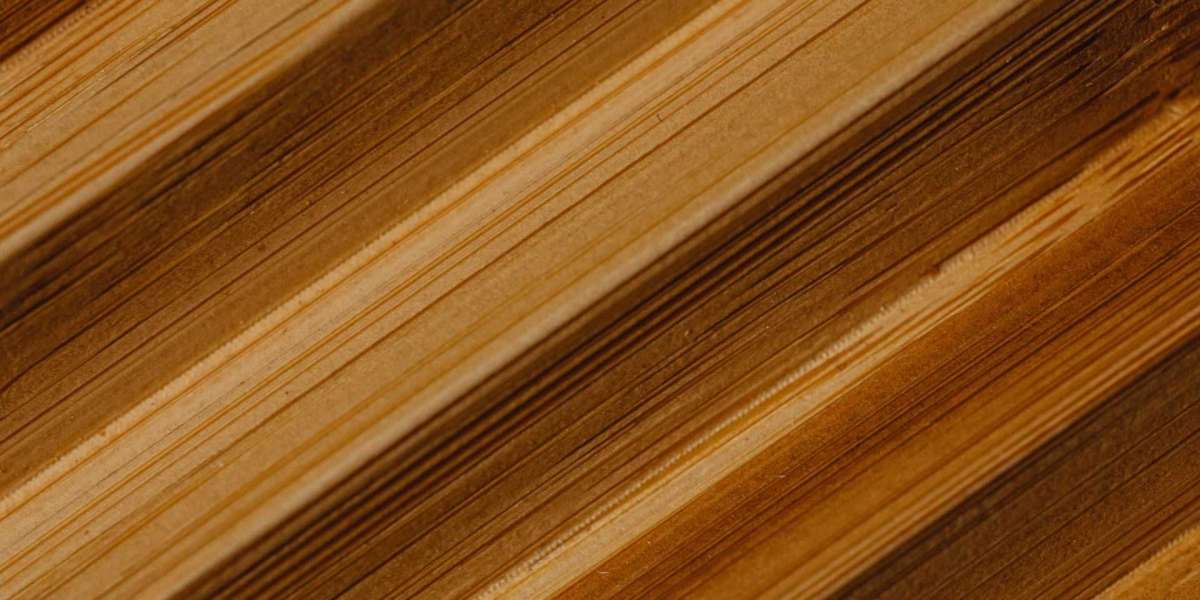Wood veneers are a beautiful mix of natural beauty and modern usefulness. Adding a touch of class to furniture without using solid wood is possible with thin slices of wood carefully glued to core panels. In the past few years, veneers have become very popular among people who want a high-end look while caring about the environment.
How to Build with Veneers: The Basics
The process of making wood veneers is meticulous. Several methods are used to cut logs into thin sheets. When you rotary cut, the patterns are broad and swirly, but when you plain slice, the patterns are straight. Quarter-slicing is precise and shows off lines that are tight and even. Because each method shows a different grain pattern, veneers can be used in many ways.
Why using wood veneers is a good idea.
Veneers do more than make your teeth look better. They are better for the environment than solid wood because they use much less. In addition, veneers let people enjoy the look of high-quality wood without the high cost. Because they are light, furniture is also easy to move and handle.
How to Understand Veneer Grading
There are different kinds of veneers. Premium grades boast impeccable grains and minimal imperfections, often saved for high-end furniture. Standard grades, while still attractive, may include minor flaws. Knowing about veneer grading is essential to make a smart buy that meets your quality and style goals.
Veneers made of real wood
Because natural veneers are made from real wood, they have a realistic look. Some of the most popular choices are oak, walnut, and cherry. Even though they are wonderful, they can fade or twist if not taken care of properly.
Engineered Wood Veneers
Engineered veneers are a modern marvel designed to mimic natural patterns with greater consistency. These veneers eliminate variations, ensuring a uniform look across large furniture pieces. Their durability and pattern precision make them ideal for minimalist and contemporary designs.
Popular Types of Wood Veneers
Walnut: Renowned for its rich, dark tones and striking grain patterns.
Oak: A sturdy and timeless choice, perfect for traditional and rustic furniture.
Maple: Sleek and pale, offering a clean, modern aesthetic.
Cherry: Exudes warmth and sophistication, often used in classic designs.
Exotic Veneers: Zebrawood, teak, and others add a bold statement with unique textures and hues.
Matching Veneers to Furniture Styles
Selecting the right veneer depends on the desired style—contemporary furniture benefits from sleek, uniform veneers like maple or engineered options. Traditional designs thrive on the intricate patterns of walnut or cherry. Rustic interiors call for distressed veneers that emphasize natural imperfections.
Caring for Wood Veneered Furniture
To keep veneered furniture in good shape, you need to be careful. Use a soft cloth to wipe down the shine often, and avoid rough cleaners that can damage it. Keep surfaces away from strong sunlight, too much water, and heat to keep them in good shape for years.
Choosing the Right Veneer for Your Needs
The great thing about wood veneers is that they can combine form and function. There is a veneer for every taste and price, whether you like the look of walnut, oak, or zebrawood because of its exotic appeal. If you know what they're made of and how to care for them, you can choose one that will add timeless style to your home.













